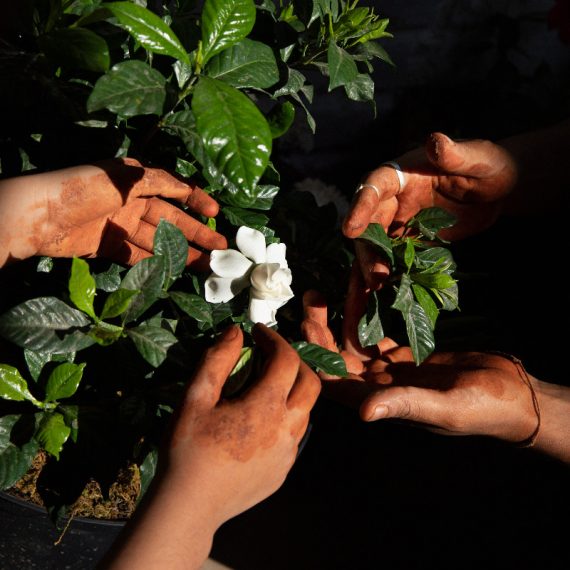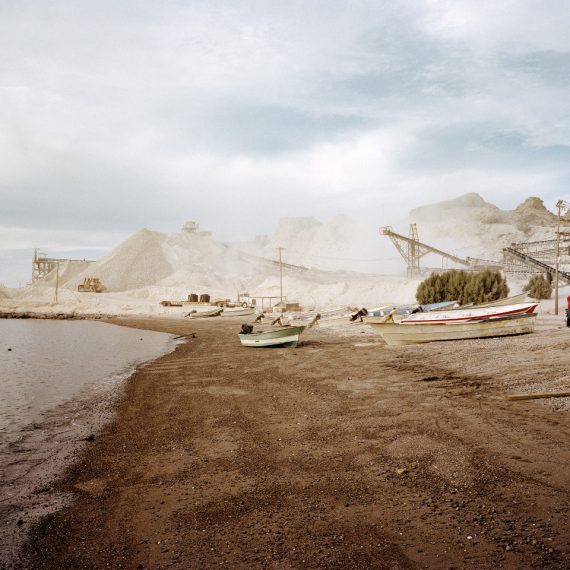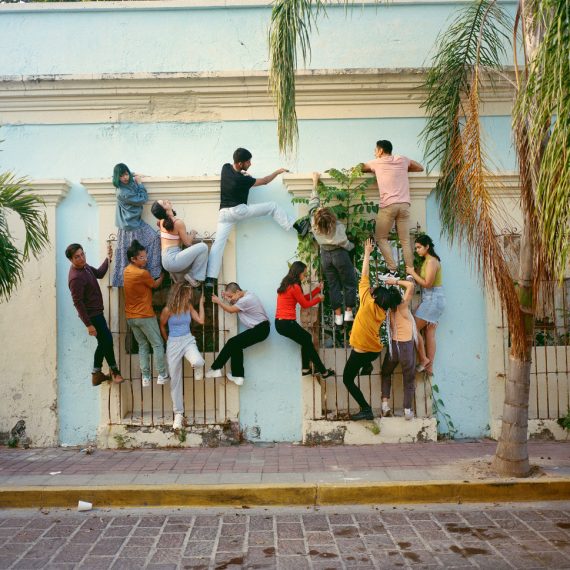Sea of Cortez
Between two plateaus at the centre of the Baja California peninsula, due to the discovery of large quantities of copper in the land, the town of Santa Rosalía was founded in 1885. President Porfirio Díaz granted the concession to exploit the territory for fifty years to the French company Del Boleo, exempting them from paying export taxes, in exchange for occupying vacant land, and offering jobs and accommodation for workers.
In 1930, Francisco Percevault Sobarzo, the second of four children of a French former catholic priest and a Yaqui woman, worked as an accountant at the El Boleo mine, and lived with his wife and four children in one of the houses built for his workers.
On 10 September 1931, the inhabitants who lived near the concrete dam that protected them from the passage of water were evacuated from their homes due to a hurricane that was approaching from the Pacific. Francisco, proud of the construction of his house and with a newborn baby, decided not to take the warning personally, but unfortunately the dam gave way. Two of his children survived from his family when, holding onto a log, they managed to free the water flow: ten-year-old Manuel and his twelve-year-old brother, my grandfather Rodolfo Percevault Ceseña.
This project is a cross-genre documentary series poised between the family history of the artist and places that her ancestors inhabited, the territories that surround the Sea of Cortez, the people she encountered along the way, or local actors and dancers whom she collaborates with. She intends to explore the land with the help of the people she meets, to express some of the feeling of exploitation and leftovers that those mining histories have sown in their path, while giving form to the inheritance of orphanhood that she still carries, and which serves as a lens that filters what she sees.




